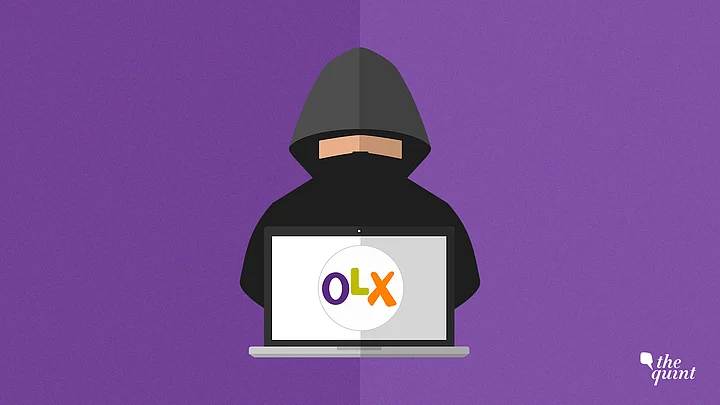Delhi Chief Minister Arvind Kejriwal's daughter, Harshita, was victim to cyber crime, after she put out an ad on OLX, to sell an old sofa. The scammer, posed as a customer, contacted her on the e-commerce platform and gained her confidence.
How Was Kejriwal's Daughter Scammed?
According to police, Harshita posted an ad on OLX to sell an old sofa, after which the accused managed to gain her trust and claimed he wanted to buy the item. The accused then asked her to scan a QR code, after which he sent a small amount to her account, in order to establish his authenticity.
When she received the amount, he then sent a QR code, and asked her to scan it to receive the remaining amount. However, when she scanned the code, a sum of Rs 20,000 got debited from her account.
When she questioned the man about it, he said it happened by mistake, as it was a wrong QR code. He then sent another code and asked her to follow the same procedure to receive the money. However, this time she lost another Rs 14,000. In this way, the scammer duped Harshita of Rs 34,000 in two simultaneous transactions.
With a number of such cyber crimes rising in the country, we look into how these scams work and how one can stay safe.
Decoding the Scam
In case of financial online scams, fraudsters use social engineering attacks to gain your trust. For instance, in the case of Harshita, the accused gained her trust by posing as an eager customer, and showed her the willingness to buy the product at the listed price.
Social engineering attacks refer to a cyber-attack, which are accomplished through human interactions. Psychological manipulation tricks are used to gain the trust of the victim. Following which, the victim is tricked into clicking on a malicious file or sharing sensitive information such as passwords, files, and the likes.
After the fraudster strikes the deal, the scammer agrees to buy the said good without even seeing the product physically. Some of the top reasons the fraudster might give for not physically taking the delivery of the product are:
- He might say he is an army officer and is posted in some inaccessible area of the country.
- He might claim that he needs the product urgently, as he is a newbie in the city.
In short, the fraudster might create a sense of urgency or an unreasonable hurry to buy the product.
The scammer then tries to gain your trust by making a small amount of payment, say of Re 1 and asks whether the payment is being made to the right account. In this way, the scammer tries to establish authenticity.
Similarly, the scamster sent Harshita a small amount of money after which the fraudster shared a series of Google Pay screenshots. But this time instead of crediting, money was debited from her account.
How to Stay Safe?
- Before sending out any payment, verify the credentials of the buyer.
- Do not scan any UPI QR code, always ask the buyer to send money directly to your bank account.
- Always insist the buyer to meet face-to-face and then exchange your item, after receiving the complete payment.
- Avoid taking any payment in advance, always try to take the full payment at one go.
(At The Quint, we question everything. Play an active role in shaping our journalism by becoming a member today.)
